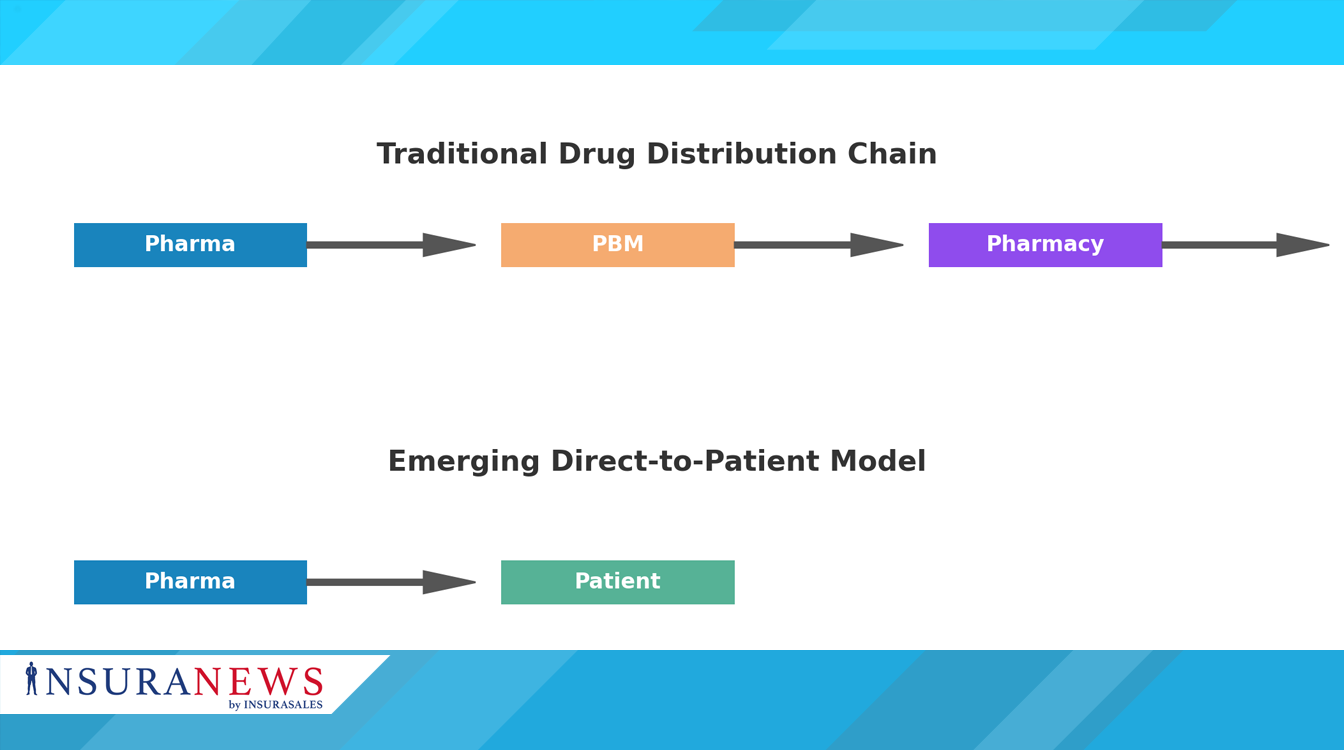Pharma’s New Patient Access Website: A Signal for Insurers?

The Pharmaceutical Research and Manufacturers of America (PhRMA), the powerhouse lobbying group for the U.S. pharmaceutical industry, recently launched a new website designed to connect patients directly with discounted medicines. At first glance, it looks like a straightforward patient access initiative. But for insurers, it raises bigger questions about cost-sharing, market transparency, and the evolving balance of power in drug pricing.
A New Approach to an Old Problem
Drug affordability has been a simmering issue for decades, and pressure is mounting. The current U.S. administration has set a series of deadlines for major pharmaceutical companies to take concrete steps in drug pricing reforms. Those reforms include reducing Medicaid costs, aligning international price differences, and even exploring direct-to-patient sales.
PhRMA’s move seems designed to get ahead of those deadlines while showing goodwill to regulators. By offering a marketplace where patients can buy directly from pharmaceutical companies, the industry is signaling both transparency and a willingness to experiment with new models.
“The direct-to-patient sales model could alter the traditional drug distribution chain, and insurers need to be watching closely.”
— Healthcare Policy Analyst
Why This Matters for Insurers
For insurers, this development could have ripple effects across pricing, plan design, and even patient engagement strategies. Here are the key angles to watch:
-
Cost Dynamics: If patients begin bypassing pharmacies and purchasing discounted drugs directly, insurers may face new complexities in reimbursement and formulary design.
-
Transparency Pressure: The move raises expectations for clearer cost structures. Patients will expect insurers to match or justify differences in coverage tiers.
-
Regulatory Scrutiny: Direct sales may trigger more oversight, forcing insurers to adjust compliance strategies alongside pharma.
-
Member Relationships: As pharmaceutical companies engage patients directly, insurers risk losing ground in the trust and communication space.
What Could Come Next
The big unknown is whether this marketplace remains a patient assistance tool or evolves into a more significant sales channel. If it gains traction, we could see changes in how pharmacy benefit managers (PBMs) are positioned within the ecosystem.
For insurers, that may mean rethinking partnerships and considering how to respond to a potential reshuffling of the value chain.
“Whenever an industry player takes a step closer to the consumer, the middle layers of the system feel the squeeze.”
— Insurance Market Strategist
The Bottom Line
PhRMA’s patient access website may look like a public-relations win, but for the insurance industry it’s a test of adaptability. Insurers will need to monitor how patients respond to direct sales and prepare for shifts in pricing structures, formulary strategy, and policy compliance.
In an environment where healthcare costs are under constant scrutiny, the companies that anticipate these changes early will be the ones best positioned to maintain stability—and maybe even find opportunity—in a shifting market.


